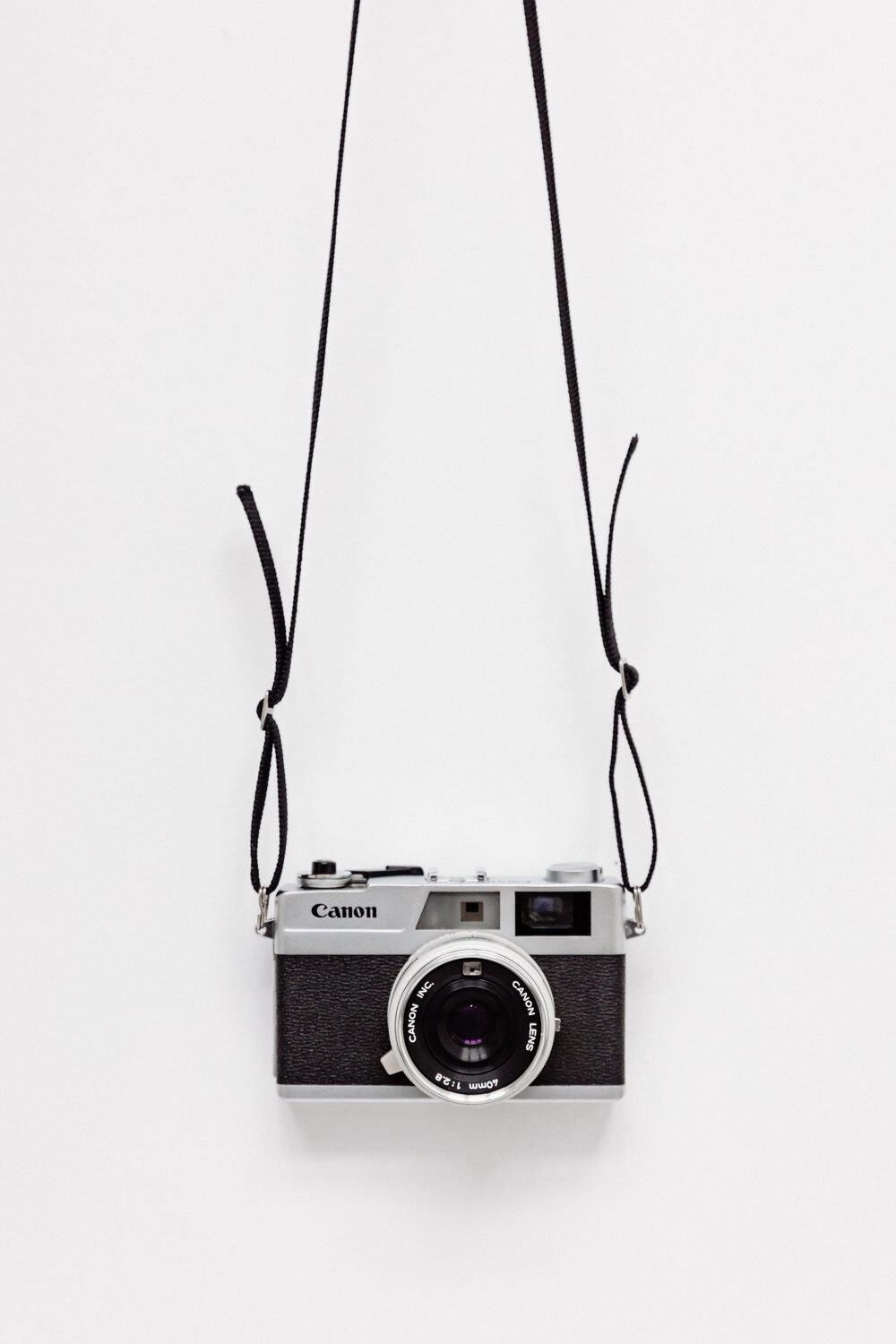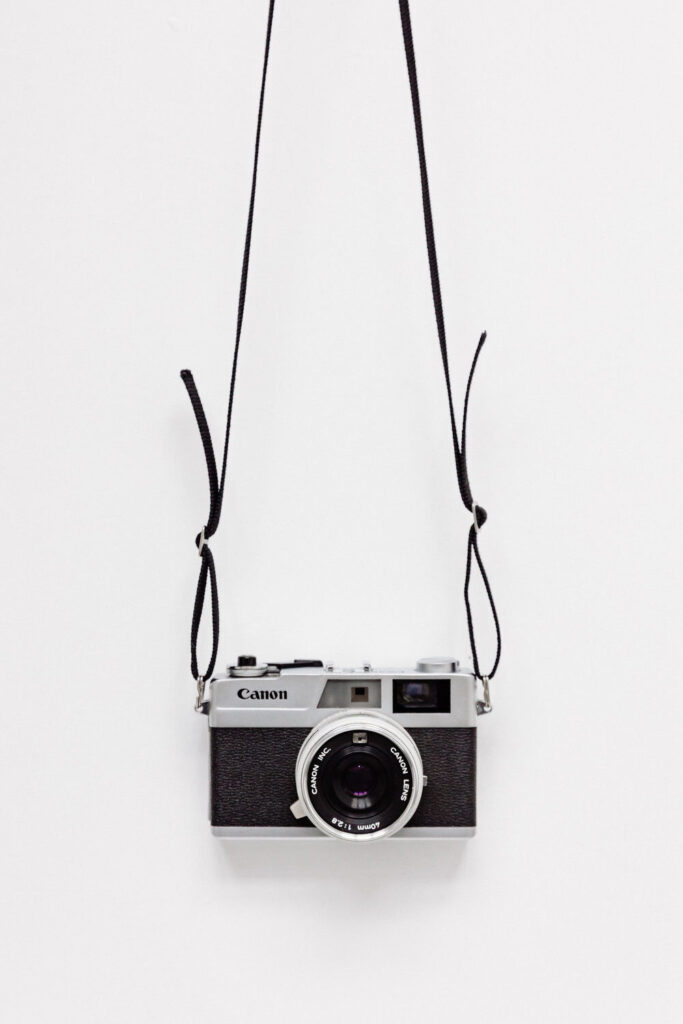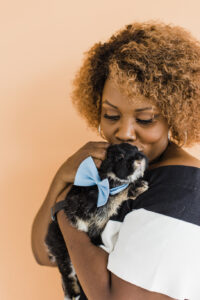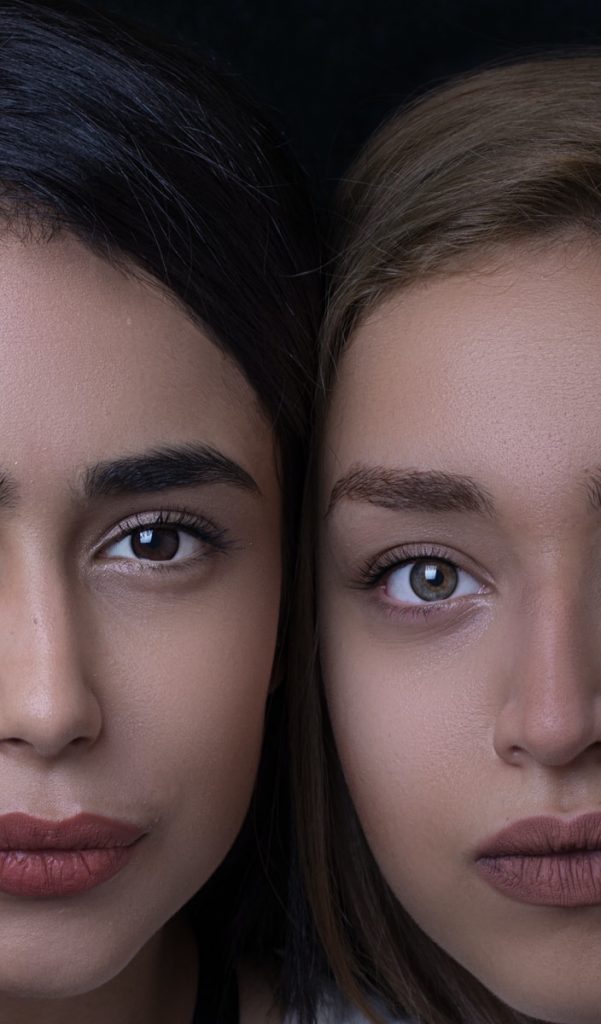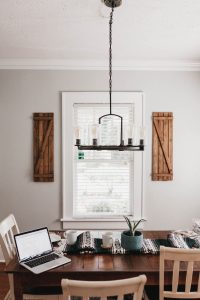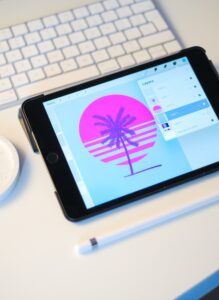Thanks to iPhones and Androids, DSLRs have become more affordable for novice users. I love a good iPhone and am very thankful for portrait mode, but there really is nothing better than shooting content with a camera.
If you have one collecting dust OR you plan on buying one but feel intimidated, read the following and look for a little handy cheat guide to keep with you. And note: I don’t mention which camera you should buy. Why? I full-on to believe it’s not the camera but the photographer.
Bonus: what you learn in this post can up your iPhone (or Android) game, too.
Shooting in manual explained: Aperture
Aperture, also known as F-Stop, is the opening through which light travels. The lower the Aperture setting, the brighter the photo and the less depth to field, which is ideal for blurry backgrounds. The higher your aperture setting is, the sharper the backgrounds. Keep this in mind when taking scenic photos.
Shooting in manual explained: Shutter Speed
Shutter speed is the amount of time your camera has exposure to the light. For blurred photos, lessen your shutter speed. Increase your shutter speed, however, if you want a clean action shot.
Shooting in manual explained: ISO
ISO is the numerical value that measures light sensitivity. Adjusting this allows you to add or subtract more light from your photos. There’s an auto option here, allowing the camera to adjust for you. You can keep it on here or experiment while developing your own style. Rule of thumb: the higher your ISO, the more noise your photo will have.
Shooting in manual explained: White Balance
White balance removes color casts from your photos to make the setting look more natural. Once you find your style, you can play with these settings to create the style you want. Remember, shooting in manual allows you to get more creative.
Shooting in manual explained: Exposure
Exposure is the amount of light per unit area. Your camera is set at zero automatically. If you want to adjust the amount of light, -2 and -1 will make your photos darker, while 1 and 2 will make your photos lighter.
Exposure is one of those complicated situations where there’s not a right or wrong (generally). The best thing to do is understand and test your light, then take test photos. I like to adjust the exposure last when all else fails. My recommendation, keep your exposure at zero while you get the hang of the other settings.
Overall, manual can seem intimidating, but it’s so helpful to learn the functions of your camera so you can create your own style.
Now that you’ve been introduced to manual mode, let’s talk about the other modes in your camera. Don’t worry, we’re almost finished.
Program: This setting works as a baby step away from automatic. The only exception is the ability to control your exposure. If your photos are too bright or too dark, try adjusting one dial to the left or right.
Aperture (Av) works to allow control over the aperture and ISO settings.
Shutter Priority (S or Tv on Canon) gives shutter the priority, allowing users to adjust their shutter speed to their choice.
Remember, this is how to start shooting in manual. The best way to become better at your photography is to practice and develop a style unique to you.
Got questions or want to show off your skills? Drop your comments below or link up with me on Instagram.

